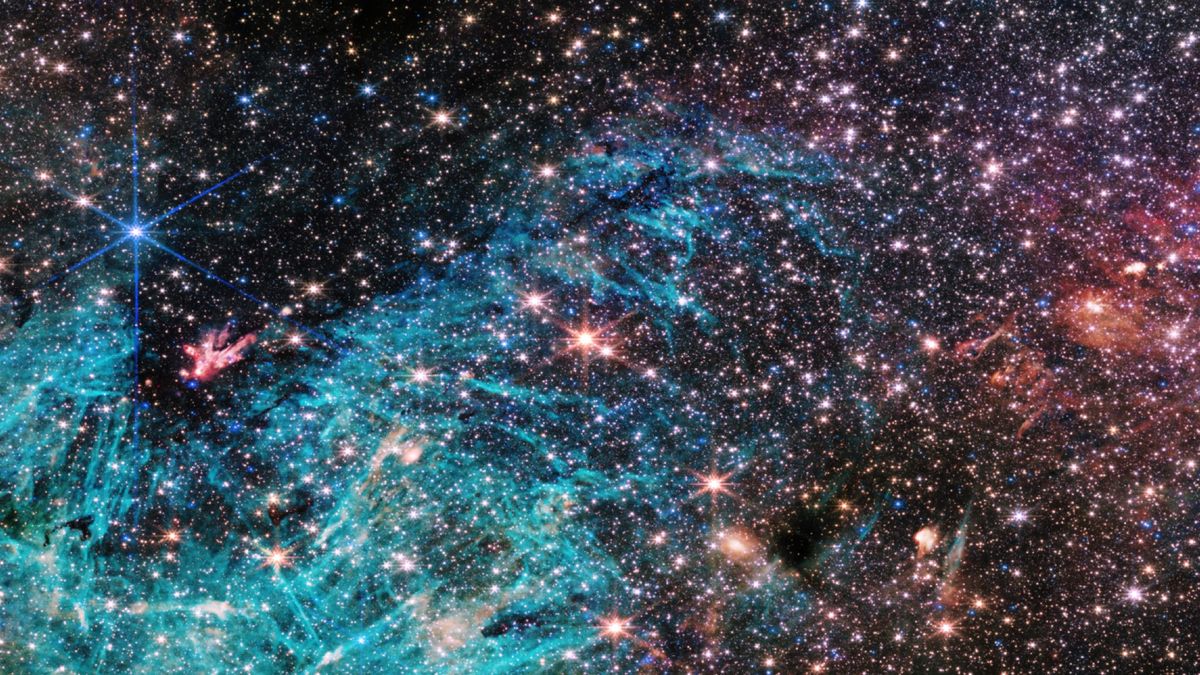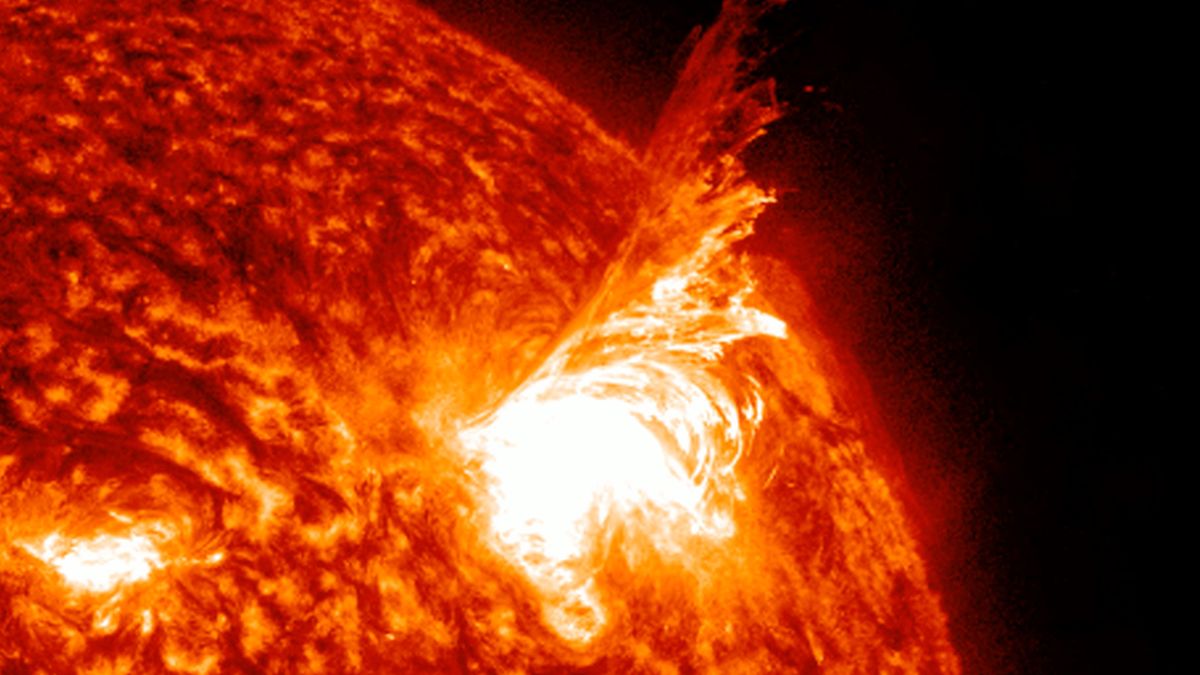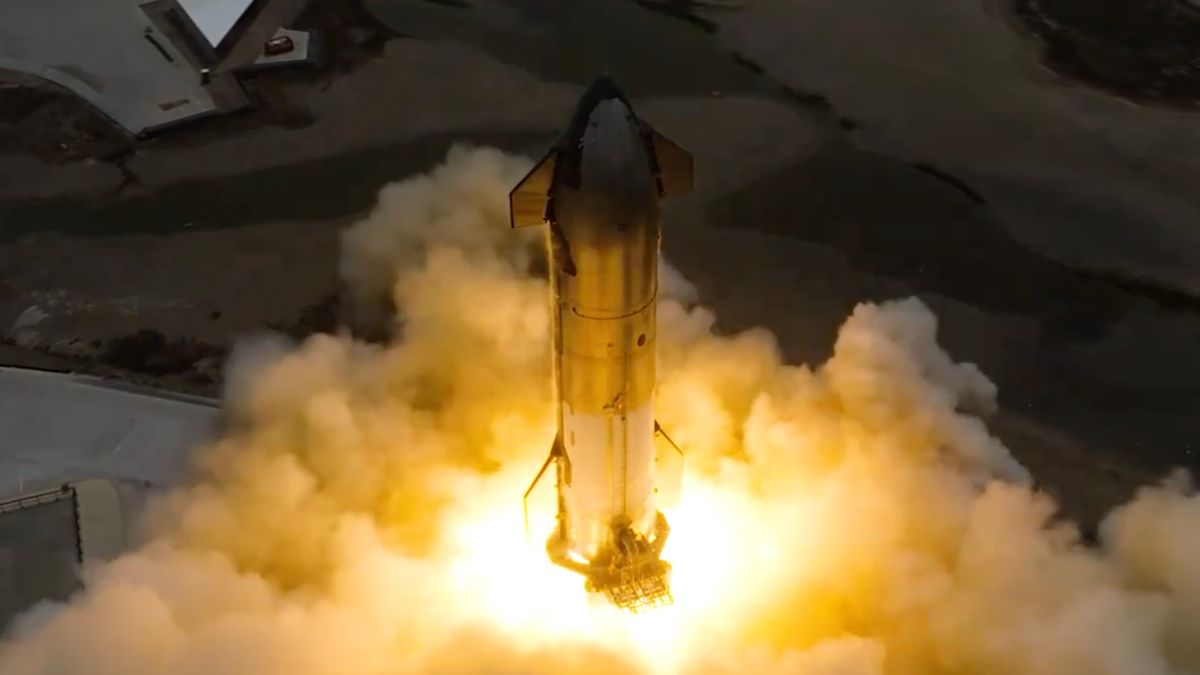Unraveling the Mysteries of Emergent Gravity
In 2009, the distinguished theoretical physicist Erik Verlinde put forward a groundbreaking proposition that challenged the conventional understanding of gravity. Rather than viewing gravity as a fundamental force, he suggested that it might be a manifestation of underlying hidden processes. Despite more than a decade of contemplation, experimental validation for this bold idea has been scarce. Consequently, the question arises: where do we venture next on this intriguing intellectual journey?
Emergence constitutes a prevalent phenomenon manifesting across various domains of physics. For instance, the concept of temperature does not stem from innate characteristics of gases but rather emerges from countless microscopic interactions. In endeavors such as statistical mechanics, scientists wield the requisite tools to establish correlations between these minute interactions and emergent properties.
Nevertheless, certain sectors pose formidable challenges when attempting to elucidate the linkages between microscopic behaviors and emergent phenomena. Consider superconductivity, for instance; while we comprehend the basic mechanisms underpinning this phenomenon, the transition to high-temperature superconductors remains enigmatic.
The Emergence of Verlinde’s Gravity Theory
Central to Verlinde’s theory is the insight originally gleaned by Stephen Hawking and Jacob Bekenstein in the 1970s: various attributes of black holes can be explicated in terms of thermodynamic laws. Notably, the laws of thermodynamics themselves emanate from microscopic processes. Verlinde discerned more than mere coincidence in this observation; he inferred that gravity, as we perceive it, might originate from deeper physical processes.
In 2009, Verlinde unveiled the inaugural version of his theory, pioneering an alternate formulation of gravity using the robust framework of statistical mechanics. This approach obviated the necessity to discern the specifics of these profound processes, as the toolkit for portraying emergent phenomena — statistical mechanics — was already at his disposal. Since gravity is closely entwined with our concepts of motion, inertia, space, and time, Verlinde’s reinterpretation implied that the universe itself emerges from these selfsame underlying processes.
Initially, this paradigm shift did not yield significant breakthroughs; merely revisiting an established law of physics, albeit intriguing, did not inherently offer profound insights. However, in 2016, Verlinde extended his theory to encompass a universe featuring dark energy, unveiling a fresh emergent property of space that facilitated inward pressure within regions of low density.
Challenging Dark Matter Conundrum
This serendipitous revelation kindled widespread enthusiasm, proffering an alternative rationale for dark matter. Currently, astronomers postulate dark matter as an enigmatic invisible substance constituting the bulk of every galaxy. While this hypothesis effectively explains an array of observations, the elusive nature of the dark matter particle remains a vexing enigma.
In Verlinde’s conceptualization of emergent gravity, deviation from the anticipated behavior of general relativity manifests in low-density expanses, such as regions beyond the solar system. At extensive scales, a natural intrinsic pull within space itself coerces matter to clump more compactly than anticipated by conventional theories.
Amidst a flurry of experimental inquiries, divergent outcomes emerged. While initial evaluations favored emergent gravity concerning stellar rotation rates, subsequent observations failed to uphold this advantage. Moreover, assessments within galaxy clusters demonstrated emergent gravity’s inability to account comprehensively for phenomena.
Despite varied experimental verdicts, emergent gravity remains a tantalizing conjecture that necessitates a multitude of assumptions in its computations to sustain coherence. The absence of a fully substantiated theory impedes precise evaluations of the theory’s predictions regarding galactic behaviors. Sustained efforts to devise rigorous tests, such as leveraging data from the cosmic microwave background, are underway to rigorously scrutinize the theory.
Conclusion
In conclusion, emergent gravity stands as a provocative and transformative notion within the realm of modern physics. If validated, this radical concept would necessitate a sweeping reevaluation of fundamental principles governing the natural world. Gravity, motion, time, and space would be perceived through the prism of emergence from intricate, profound interactions. As scientific inquiry progresses, through meticulous observation and comprehensive testing, the veracity of emergent gravity shall gradually unravel, illuminating the path forward in our quest for a more profound comprehension of the universe.
Image/Photo credit: source url





